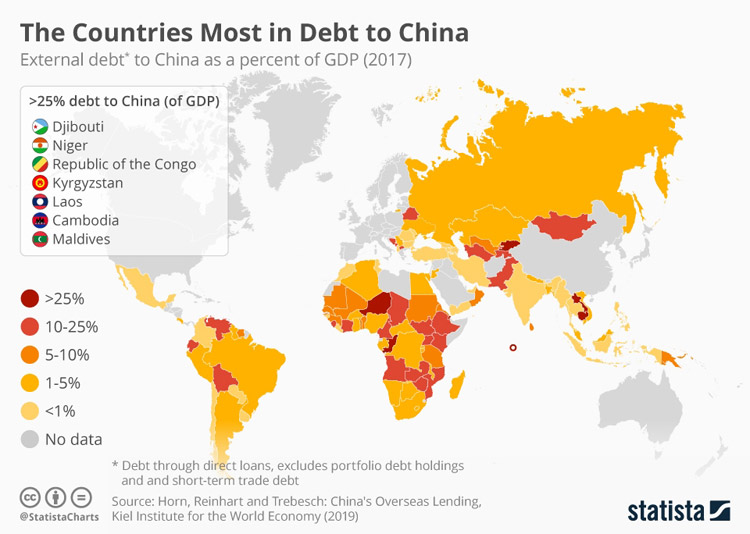August, 29, 2022

By Prof. Samitha Hettige
The Hatton National Bank opened its Sri Jayawardenepura (Kotte) branch in the early 1990s. Media advertisements announcing the event included a poem from the historic “Selalihini Sandeshaya” in which Sri Jayawardenepura was referred to as the city of rich Buddhists (Ref. Media). The city became a rich economic hub along the ancient maritime Silk Road during the rule of Parakaramabahu VI (son of a Sinhala father and a Chola mother) who united the country for the last time before colonization. Chinese Admiral Zheng He on the request of the Buddhist monks had played a pivotal role in establishing the city and the administration (Ref Kotte era chronicles).
Kotte was a fortress (protected by the Diyawanna marsh) which was expanded as the city. Military strongman “Alakeswara” (who resided near the Gelanigama exit of E1) had been in control of the area. Some historians indicate that he wasn’t from royal blood lines. Around 1410AD Buddhist monks lead by Veedagama Maha Maithree (scholarly Chola monk and uncle of Parakaramabahu VI) had requested assistance from Emperor Ming of Great China to enthrone a Buddhist ruler with royal blood lines. Thus Alakeswara was removed from circles of power. Some may interpret this as China abducting the king of Sri Lanka which may not be accurate as Alakeswara wasn’t a king and didn’t have royal blood lines (Ref Ming era and Kotte history).
One-China
During the last years of Parakaramabahu rule (golden era of Sri Jayawardenepura kingdom), one of his sons settled in Great China with his Persian wife. His descendents are still in China (Main Land and Taiwan Island). Therefore, SL has a 700 year unique bond with One-China more than many others and SL may easily import a king or a queen with royal blood lines despite import bans if they wish (Ref. Ming and Kotte era history).
Though some are still studying the Taiwan issue due to lack of factum, the United Nations general assembly in 1971 recognized One-China and China is the first super power to practice the one country two systems method of governance. Indonesia tried it in East Timor in 1990s but failed. Some believe that it would have economically benefitted East Timor if it was implemented.
Taiwan was colonized by Japan much later. Larger parts of mainland were also colonized by the; British, Portuguese, French, Russia, Germany and Japan. The Japanese are known for efficient management systems. By now Japan is analyzing the utilization of China’s Belt and Road (BRI) railroads to transport its produce to Europe and Middle East. China – Japan trade amounts to approx 370 billion USD annually (Ref. China stats). Some analysts view that Japan modernized Taiwan during its occupation. Chinese sources indicate that Japan occupied Taiwan illegally for over half a century and that the Cairo declaration and the Potsdam proclamation stated that Japan should return stolen Chinese territory (including Taiwan and the Penghu Islands) to China. Japanese later earned recognition through the Just-In-Time (JIT) production system and the 5S system etc. Historically Japanese may have used Chinese and Korean forced labour during the development of these practices. Those interested may also read about the Hashima Island (Battleship Island) near Nagasaki which is some times quoted as a case study of Japanese system of human resources management using Chinese and Korean prisoners during and before WWII.
Development assistance or debt traps
Since the establishment of the Peoples Republic of China in 1949, the Chinese worked hard and accumulated reserves over 4 trillion USD. Along the BRI, PRC has so far directed FDIs worth more than 150 billion USD to more than 140 states and provided loans and other financing facilities to many states including oil rich Middle Eastern countries. The FDIs includes basic infrastructure which has already raised quality of life of approx. 700 million people around the world living below the poverty line in those countries (Ref BRI stats). PRC also took the lead to establish the Asia Infrastructure Investment Bank (AIIB) which is lending money to EU states such as Switzerland (AIIB sources). Those who analyze Chinese loans as debt traps may look at the bigger picture on how those loans have helped mankind. Veteran bankers would know more about the polite customers who apply for loans, how they spend the borrowed money and how they behave during the repayment. Borrowers and lenders should know their responsibilities and rights.
(The writer is an Academic and a Broadcaster. Views expressed are personal and may not necessarily be the views of his affiliations.)
Video Story